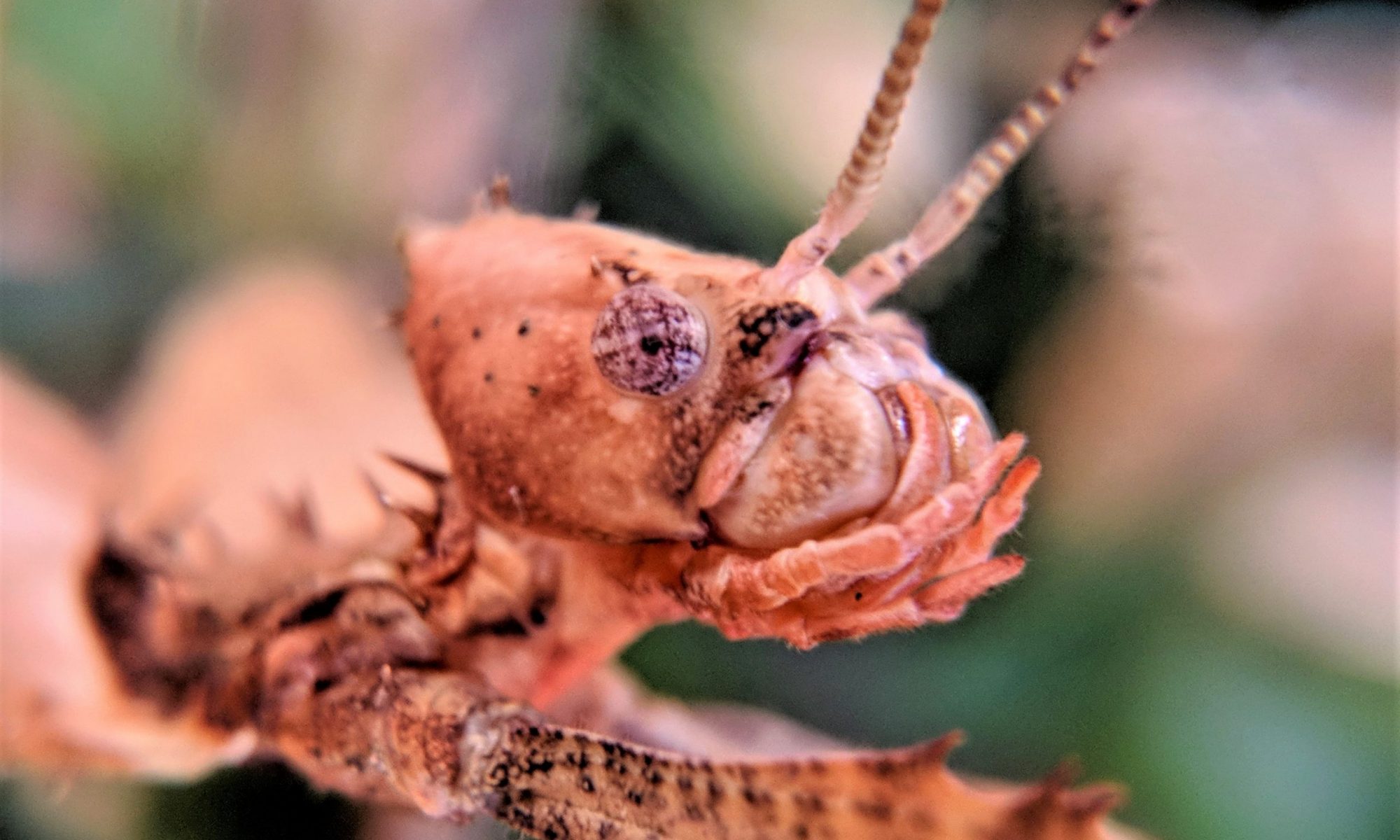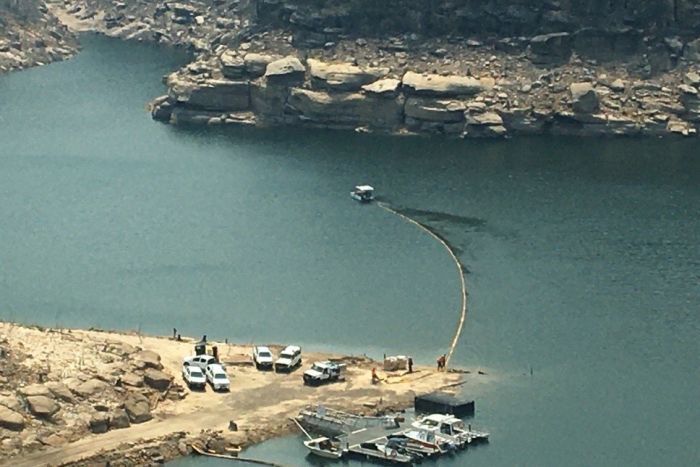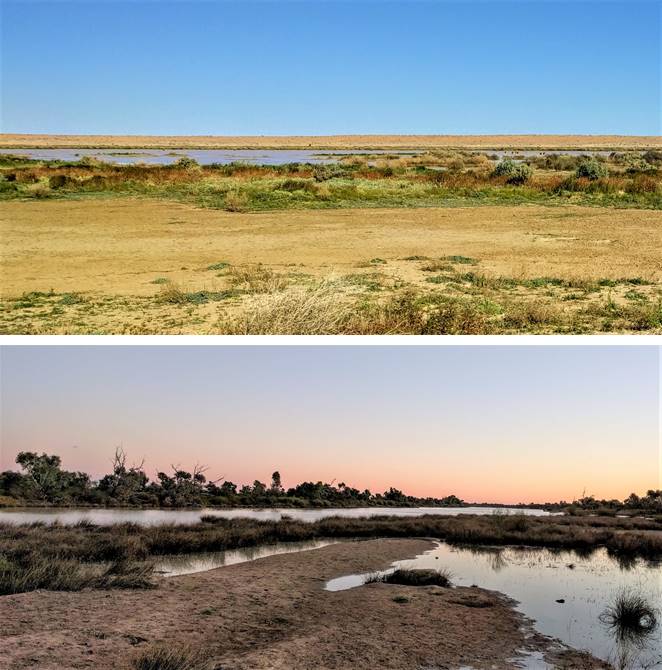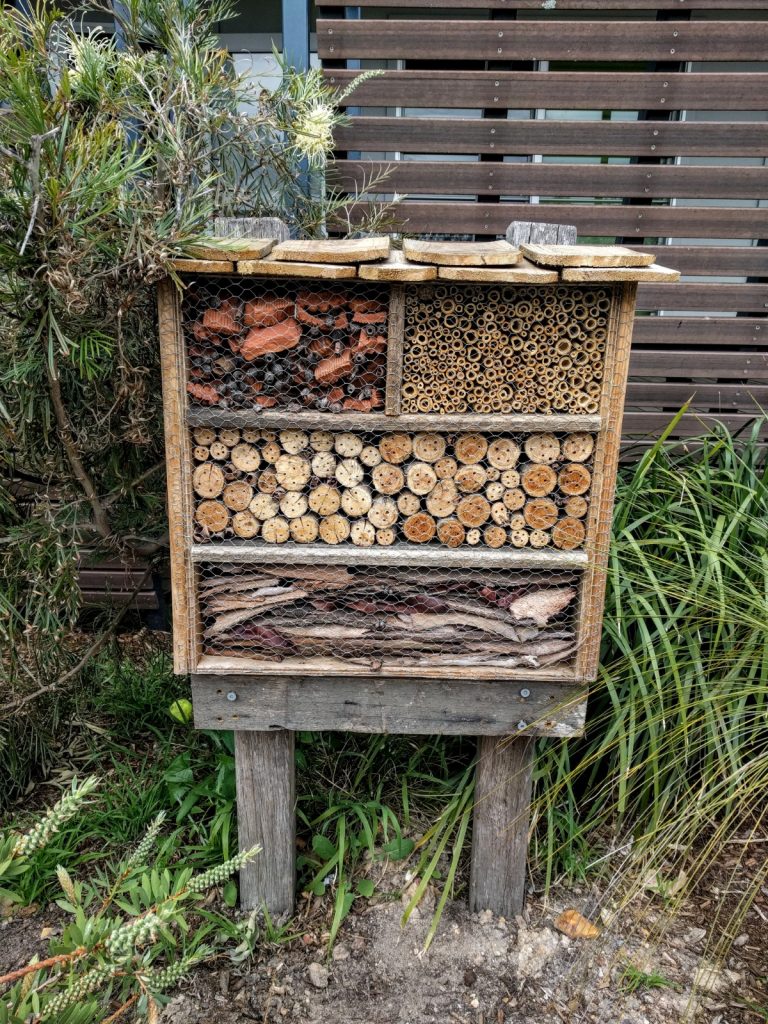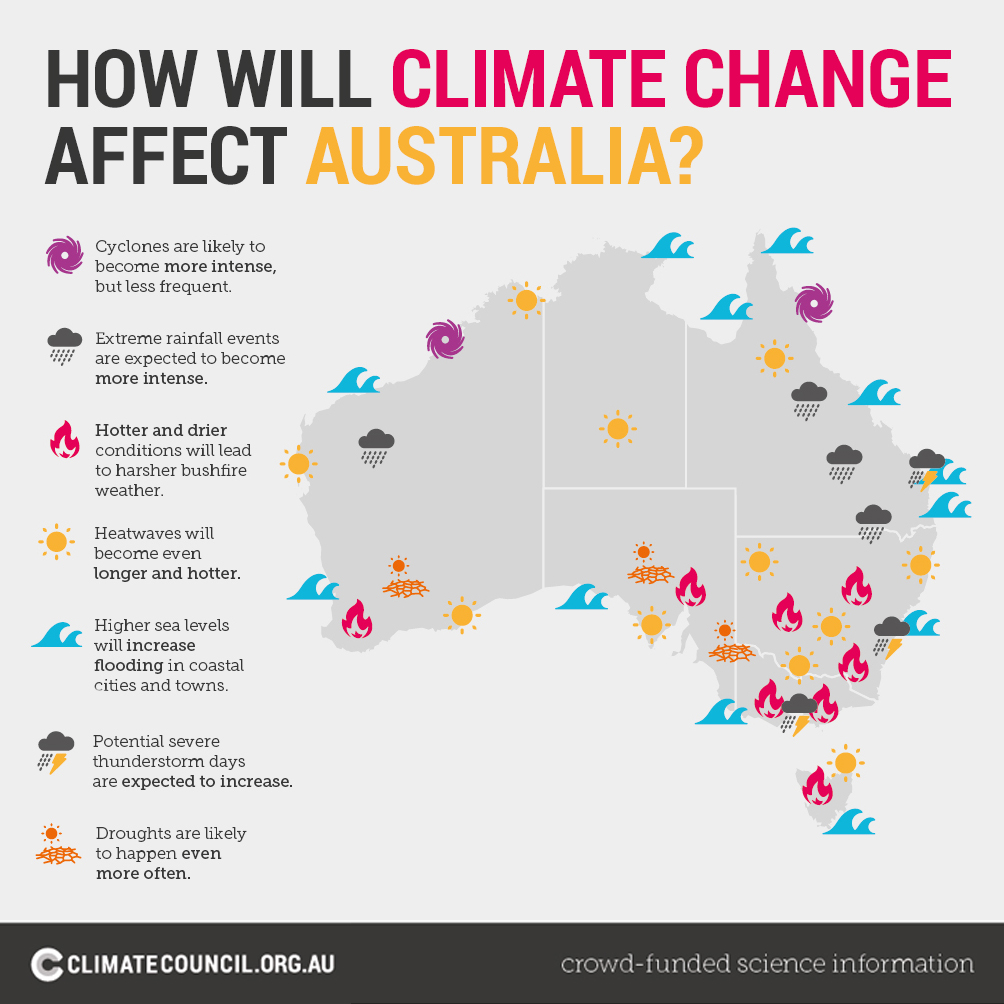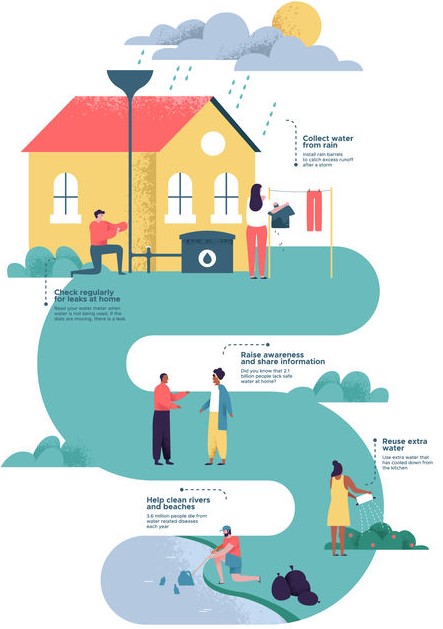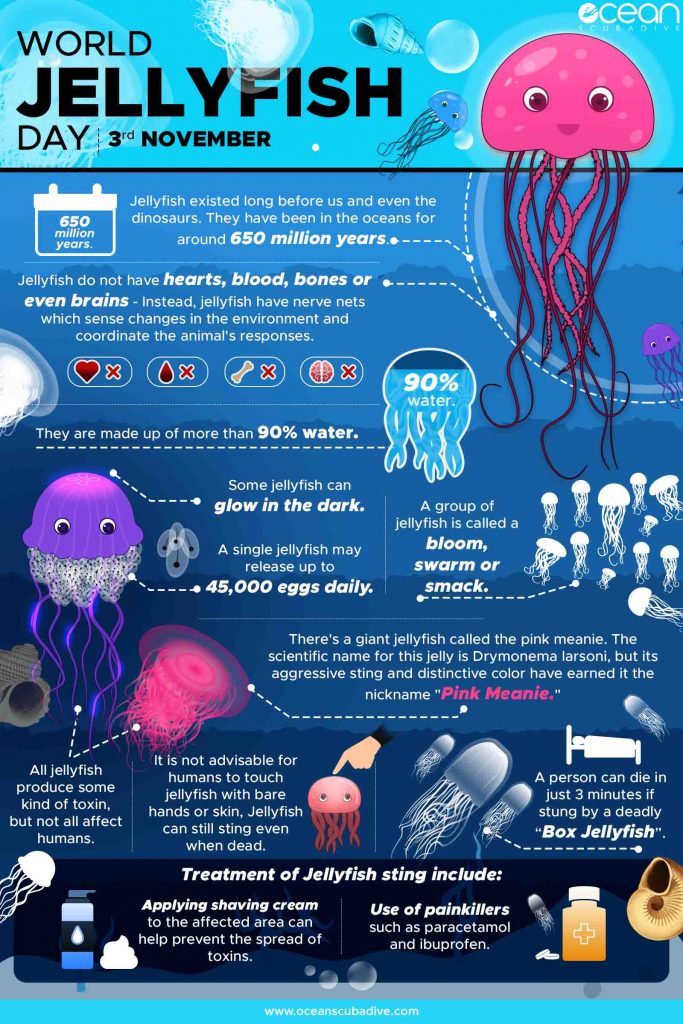What you need to know about the Urban Heat Island effect? Cities create their own micro climates by affecting the surrounding atmosphere and interacting with climate processes. The result is that urban areas are becoming significantly warmer than the surrounding areas. Especially when there is less green cover and more hard surfaces which absorb, store and radiate heat.
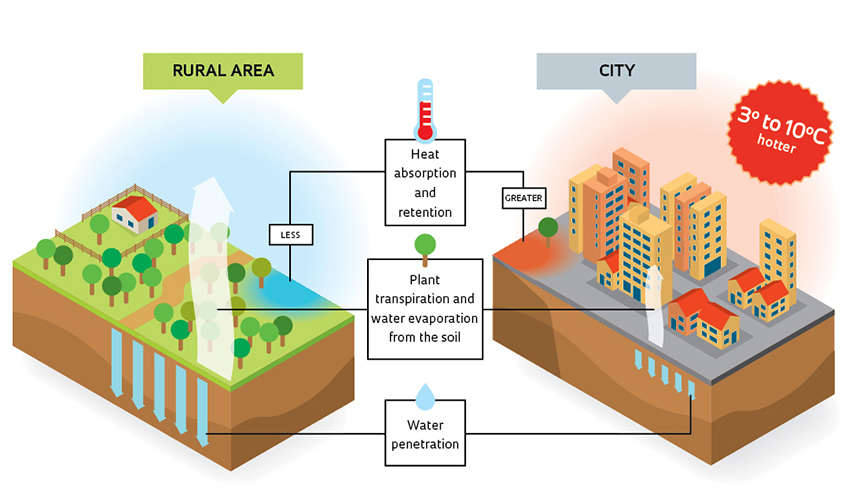
The impacts of the Urban Heat Island effect include:
- Increased daytime temperatures
- Reduced night time cooling
- Higher air pollution levels
These impacts affect human health by causing:
- Respiratory difficulties
- Heat cramps
- Exhaustion
- Heat stroke
- Heat-related mortality
The 2017 Cooling Western Sydney report shows the most effective urban heat mitigation technologies incorporate a combination of urban greening, water-based technologies and cool materials. Increased green spaces with water features and fountains, combined with cool material technologies including cool roofs and pavements are all ways to reduce temperatures across Sydney making a more liveable and climate resilient city.
With the increase in urbanisation across Sydney incorporating theses strategies in urban design will become even more important.
What can you do?
- Increase shade around your home: planting trees and other vegetation lowers surface and air temperatures by providing shade and cooling through evapotranspiration. Trees and vegetation can also reduce stormwater runoff and protect against erosion.
- Install Green Roofs: growing plants, shrubs, grasses and trees on a rooftop reduces temperatures of the roof surface and the surrounding air and improves stormwater management. Also called “rooftop gardens” or “eco-roofs,” green roofs achieve these benefits by providing shade and removing heat from the air through evapotranspiration.
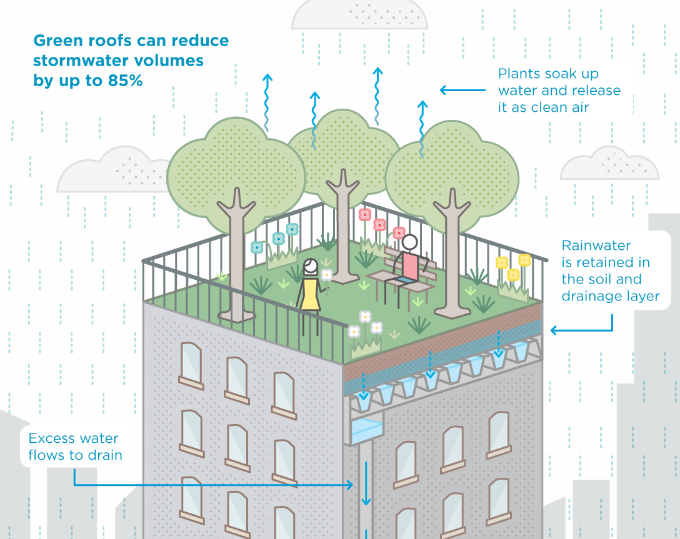
- Install Cool Roofs: a cool roof is made of materials or coatings that significantly reflect sunlight and heat away from a building. This reduces roof temperatures, increases the comfort and lowers energy demand.
- Install Cool Pavements: Using paving materials on sidewalks, parking lots, and streets that remain cooler than conventional pavements by reflecting solar energy and enhancing water evaporation. This cools the pavement surface and surrounding air and can also reduce stormwater runoff and improve night time visibility.
Find out more:

